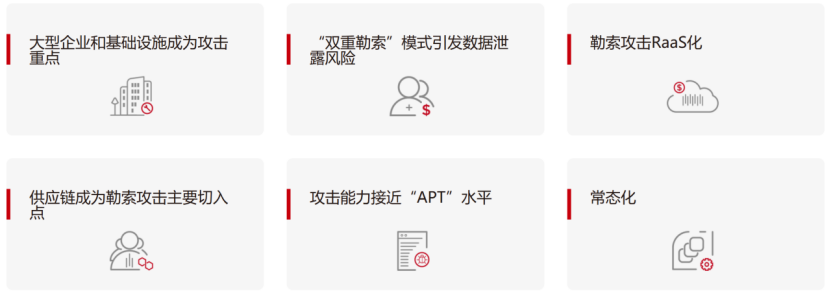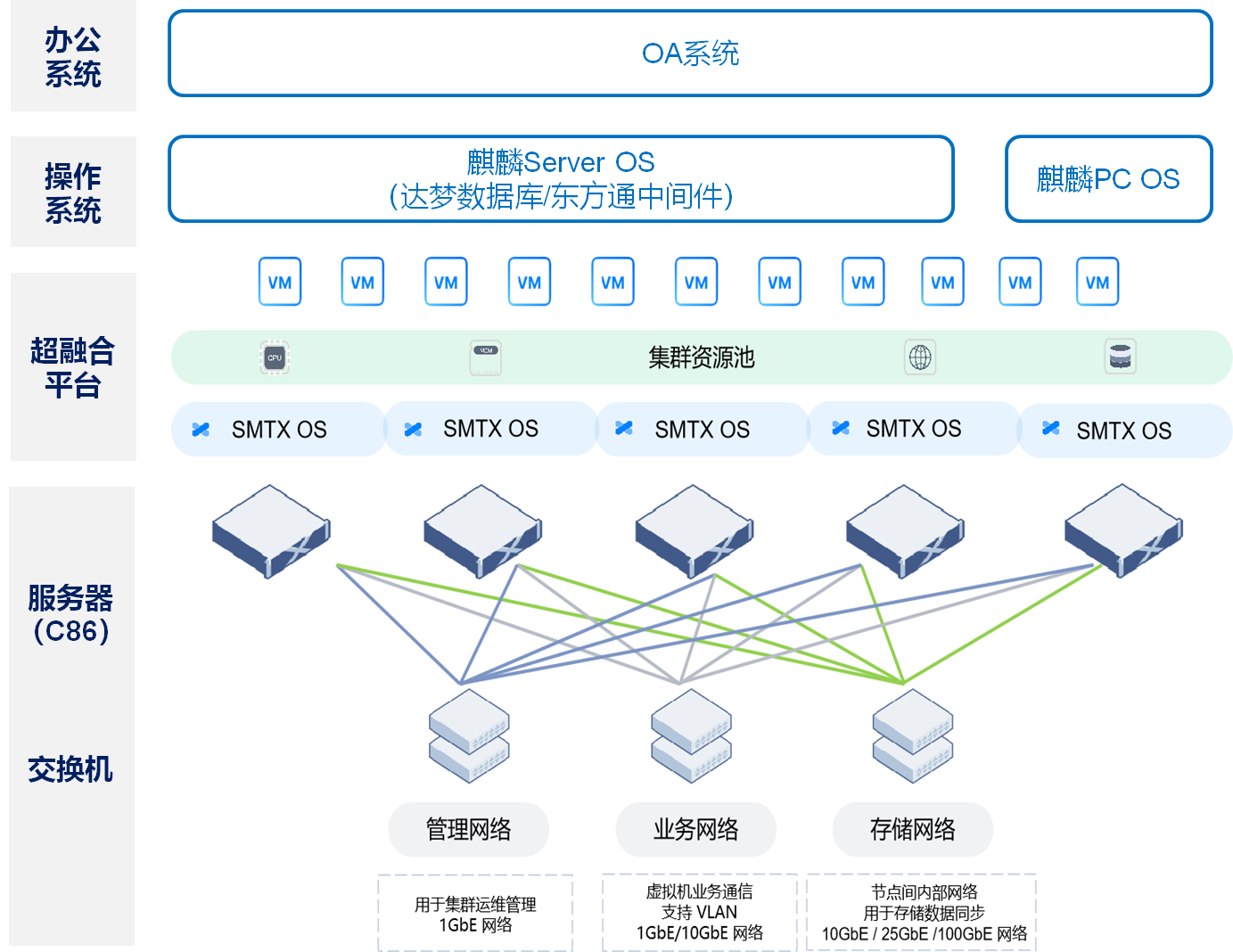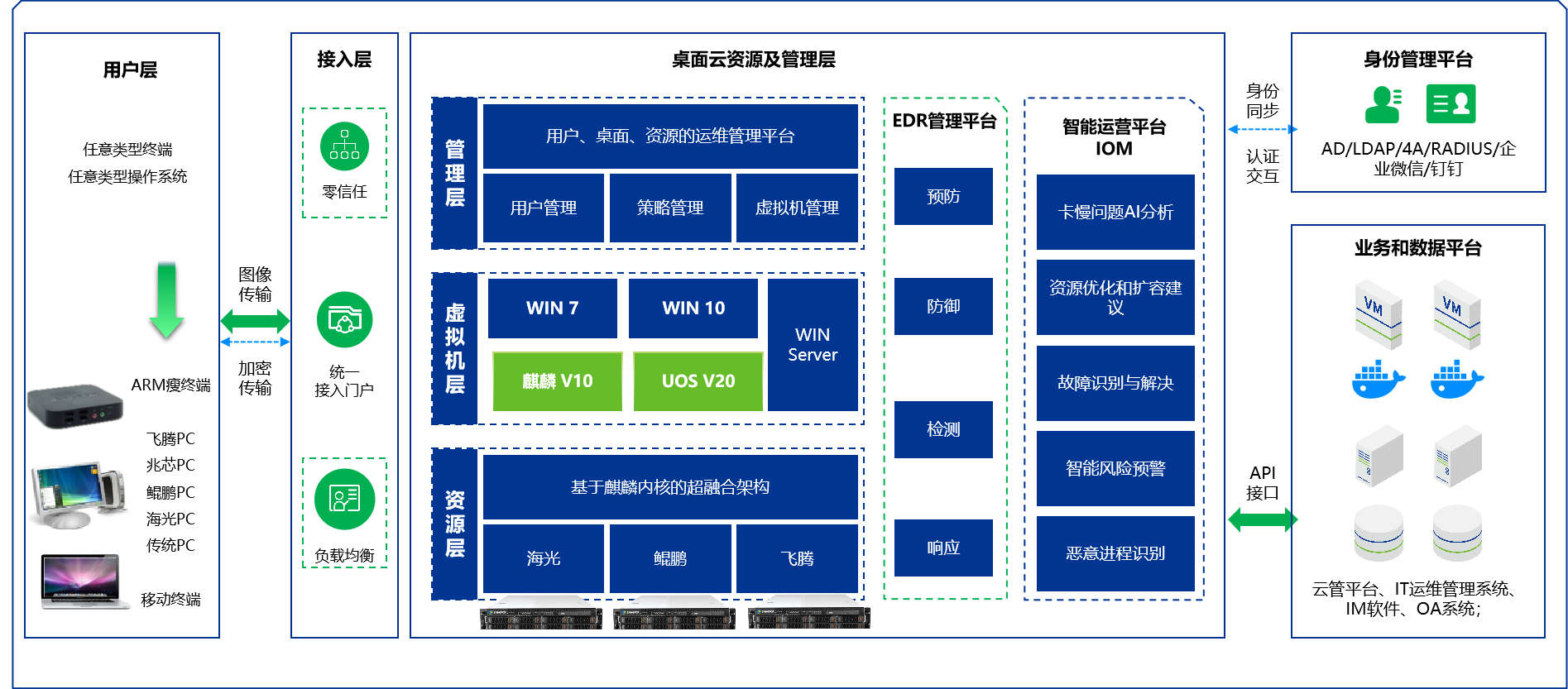Traditional Campus Network
I. Solution Overview
This solution adopts a traditional three-layer network architecture. The core layer uses stacking technology to improve reliability. The firewall uses HA active-standby deployment at the exit to ensure network security. The wireless controller AC is side-mounted on the core switch and deployed in an active-standby manner to achieve high availability of the wireless network. The aggregation layer switches use stacking and link aggregation to connect to the core switch, improving link bandwidth and reliability.

III. Solution Advantages
- High Reliability:
- The core layer and aggregation layer switches use stacking technology to achieve device redundancy and improve network reliability.
- The firewall uses HRP active-standby deployment to ensure network security and avoid single points of failure.
- The wireless controller AC is deployed in an active-standby manner to achieve high availability of the wireless network.
- Link aggregation is used between the aggregation layer switches and the core switch to improve link bandwidth and reliability.
- High Performance:
- The core layer switches use high-performance devices to meet high-traffic forwarding requirements.
- Link aggregation is used between the aggregation layer switches and the core switch to improve link bandwidth.
- Easy Management:
- Huawei devices support a unified network management platform, facilitating network management and maintenance.
- Stacking technology simplifies network topology and reduces management complexity.
IV. Solution Disadvantages
- Higher Cost: Stacking technology, HRP active-standby deployment, and link aggregation require additional hardware and software licenses, increasing network construction costs.
- Higher Complexity: The configuration of stacking technology and HRP active-standby deployment is relatively complex and requires professional personnel for deployment and maintenance.
- Limited Scalability: The traditional three-layer network architecture has limited scalability and cannot easily meet the needs of future cloud computing, big data, and other new technologies.
V. Applicable Scenarios
This solution is suitable for small and medium-sized campus networks, enterprise office networks, and other scenarios with high requirements for network reliability, performance, and ease of management, and a relatively sufficient budget.
Other Solutions
Systematized Data Disaster Recovery
2025-08-14
2025-08-14
Store anti-ransomware solutions
2025-08-14
High-performance NAS storage solution
2025-08-14
2025-08-06
2025-08-05
Service and technical support solutions
2025-08-05
2025-08-05
Xinchuang OA Full-Stack Solution
2025-05-30
Desktop virtualization solution
2025-04-23




















